Nicaragua: The Hostages of the Ortega-Murillo Government
182 political prisoners are still in prison 12 days from the deadline for their release
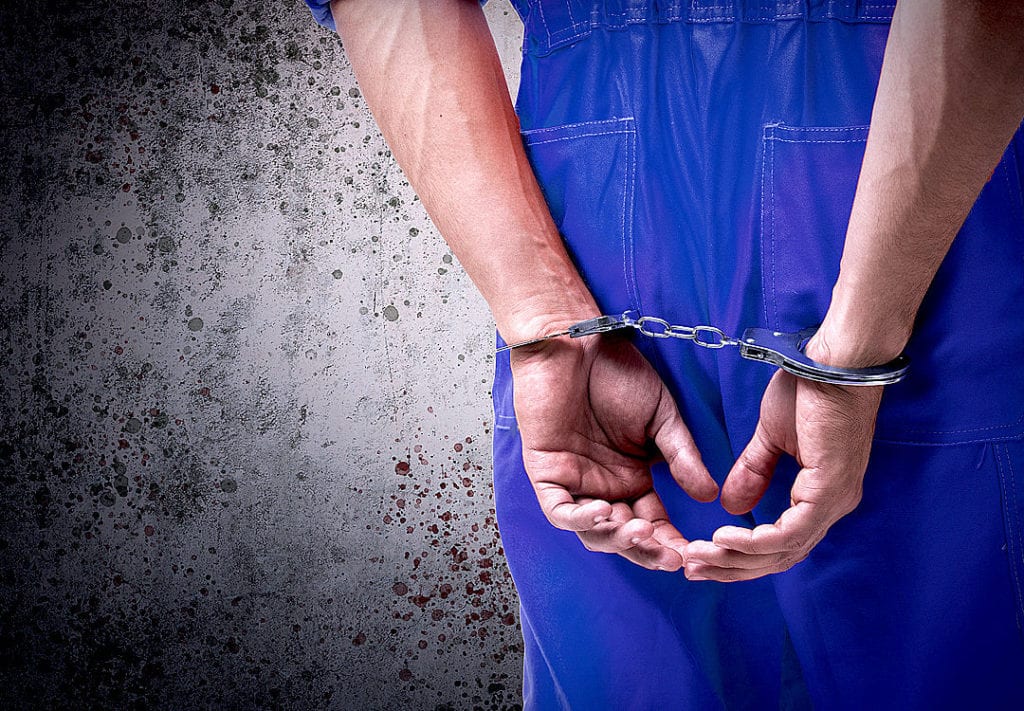
The dictatorship refuses to free many of the political prisoners that led the protests or have become symbols of the rebellion
By Arlen Cerda (Confidencial)
HAVANA TIMES – Those who headed up the protests of the April Rebellion against the government of Daniel Ortega and Rosario Murillo have become symbols of the citizens’ resistance. They are the ones who remain in the prisons while other protestors were granted house arrest after many horrendous months in custody. Ortega wants to keep the leaders as a bargaining chip until the last minute, while the deadline for the agreed upon full release [not house arrest] of all the political prisoners is running out, this June 18.
The persecution in numbers
Ortega’s police and paramilitary forces hunted down hundreds of Nicaraguans and sent them to their prisons. Thirteen months after the civic rebellion, more than 700 are political prisoners, hostages that Ortega uses as bargaining chips.
182 political prisoners continue in the prisons of the dictatorship. More than a dozen of them are confined in isolation in maximum security cells.
521 political prisoners have been released, but without receiving full freedom, they remain hostages of Ortega under house arrest, according to the list of the Civic Alliance.
92 Nicaraguans reported as politically persecuted or kidnapped by the dictatorship are not in the prisons of the country and are considered missing.
Since the reestablishment of the second attempt at a national dialogue, with the installation of the negotiating table between the Civic Alliance for Justice and Democracy and the Ortega-Murillo government, on February 27, some 500 political prisoners have been released to house arrest., but none has been fully liberated.
Under house arrest, all the prisoners released remain as political hostages, without their absolute freedom and dismissal of the crimes that the prosecutors falsely accused them of, as demanded by the Committee for the Liberation of Political Prisoners, the Civic Alliance, the Blue and White National Unity movement, and national and international human rights organizations, including the Inter-American Commission on Human Rights (IACHR), the Organization of American States (OAS) and the international community.
In Ortega’s prisons remain, however, a select group of political prisoners. These include peasant leaders who gained national recognition for standing up to the regime for more than five years in opposition to the canal project and law. Likewise, the student leaders who placed themselves at the front of the protests or barricades of the university campuses and representatives of the local expressions of the April 19 Movement, who hoisted their demand for truth, justice and freedom after Ortega’s massacre.
Numerous journalists were also illegally imprisoned for practicing their profession, denouncing the violations of the dictatorship, as were ex-military or historical FSLN combatants who broke with Ortega, and other citizens who raised their voices against the repression of the civic protests to which the government forces responded with a balance of 325 dead, thousands of wounded, scores of missing, hundreds of political prisoners and tens of thousands exiled by political persecution.
The government denies them
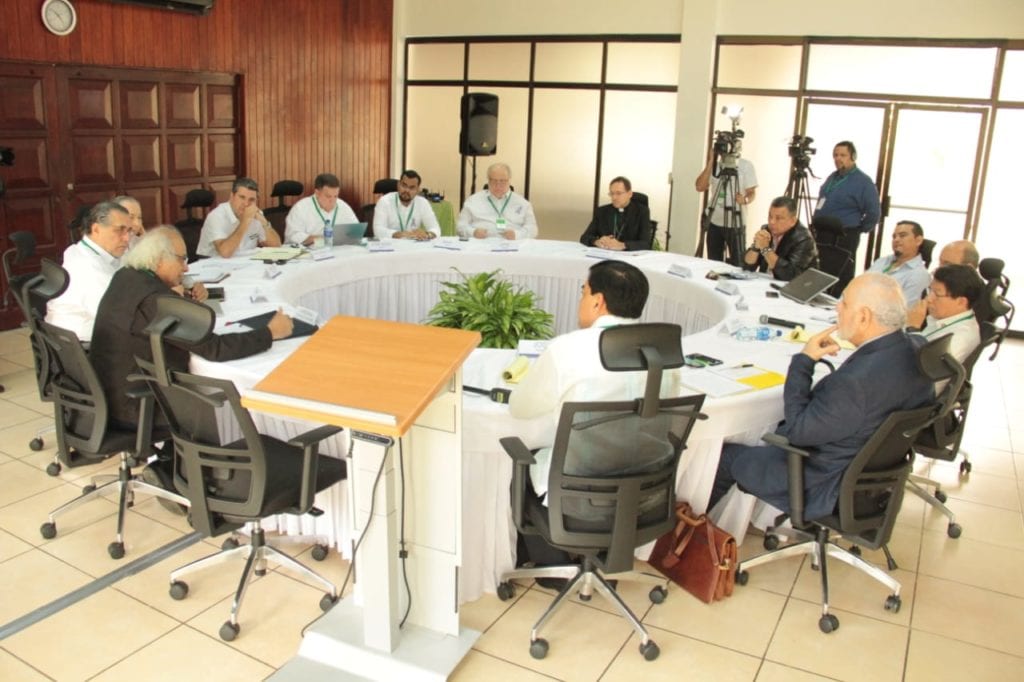
In mid-March, the government promised to release all political prisoners within a maximum period of 90 days, which expires on June 18. Twelve days before the deadline runs out, at least 182 political prisoners continue in their prisons.
Among those 182 political prisoners who are still imprisoned, the Government does not recognize more than 90 of them as political prisoners, classifying them as common criminals for alleged murders, terrorism, organized crime and other crimes, most of them tailored to the interests of the regime.
Confidencial analyzed the release list published by the Ministry of the Interior and the databases of political prisoners. Additionally, we had access to the list reconciled by the Civic Alliance and the government at the negotiating table.
Hostages of impunity
The analysis made it possible to verify that at least 78 of the imprisoned political prisoners belong to that select nucleus of hostages of the dictatorship.
In addition to the leaders of the protests, the list includes political prisoners to whom common crimes have been attributed in emblematic cases of crimes that continue in impunity, waiting for an independent and credible investigation.
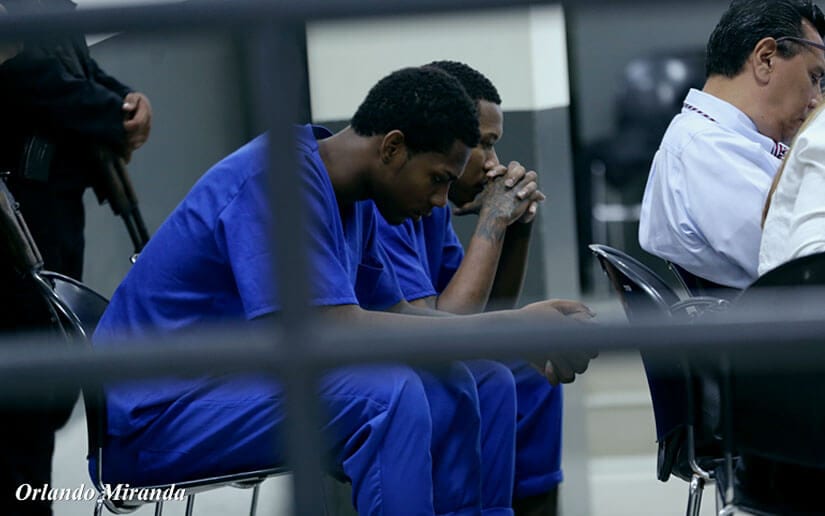
Two of them are the young men Brandon Lovo and Glen Slate, sentenced to 23 years and 12 years in prison, respectively, for the murder of journalist Angel Gahona, while he was transmitting live the protest in Bluefields, on April 21, 2018. Lovo and Slate were the first political prisoners condemned by the Ortega courts, and have already spent 383 days in prison.
Of this group of 78 prisoners there are at least 35 who have already been convicted of crimes they didn’t commit, with penalties ranging from five to 216 years in prison.
Other political prisoners of emblematic cases for the dictatorship were the youngsters Juan Lopez, Michael Pena, Fernando Ortega and Rommel Guillen, processed and convicted–without proof and in spite of the contradiction of the government’s witnesses–, for the murder of Roberto Carlos Garcia Paladino, foster son of Francisco “Chico” Lopez, treasurer of the Sandinista Front and Vice President of the Venezuelan-Nicaraguan company Albanisa.
Or the controversial Christhian Josue Mendoza Fernandez, alias the “Viper,” imprisoned since May 31, 2018, and sentenced to 59 years in prison for the crimes of murder and terrorism, with which the dictatorship has also tried to link the exiled academic Felix Maradiaga, Director of the ransacked and confiscated Strategic Studies and Public Policy Institute (IEEPP) and member of the Political Council of the Blue and White National Unity movment.
The most uncomfortable for the regime
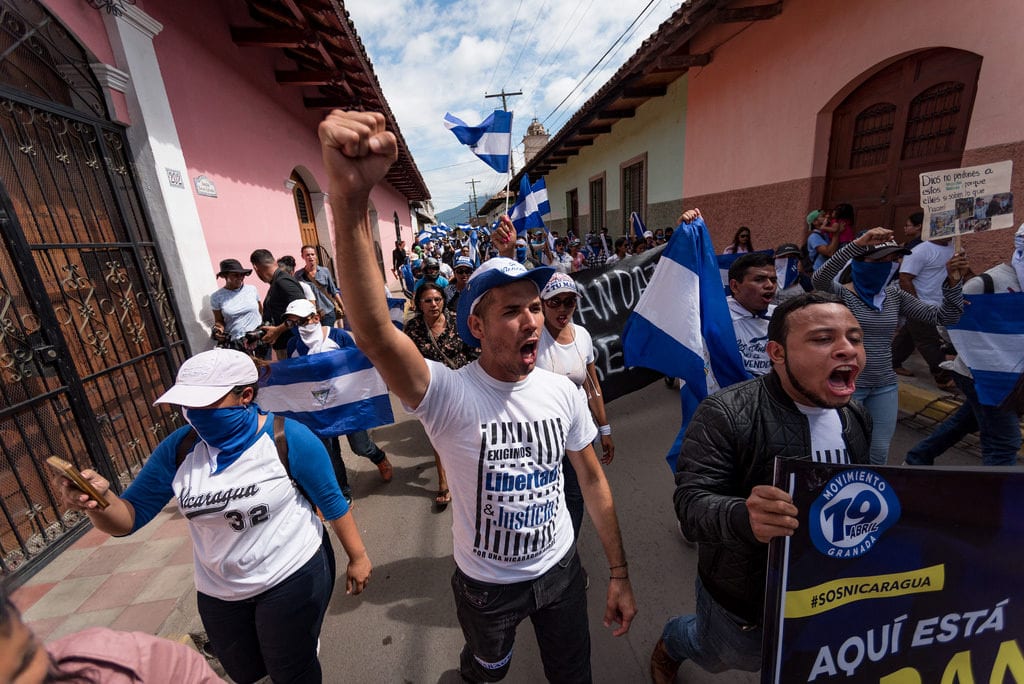
Among the political prisoners that the dictatorship Ortega Murillo refuses to release are those who made them feel most uncomfortable because of their leadership and strong foothold in different sectors of the country and the protest. Most of them have become the faces of the self-organized rebellion that erupted in April 2018. The struggle, which arose without any visible leader, has found in them a new national leadership, forged in their resistance and moral strength despite suffering prison, isolation, abuse and torture.
Most of them have between 87 to 337 days in prison, although they have no firm conviction and their hearings have been reprogrammed on repeated occasions in an unjustified manner.
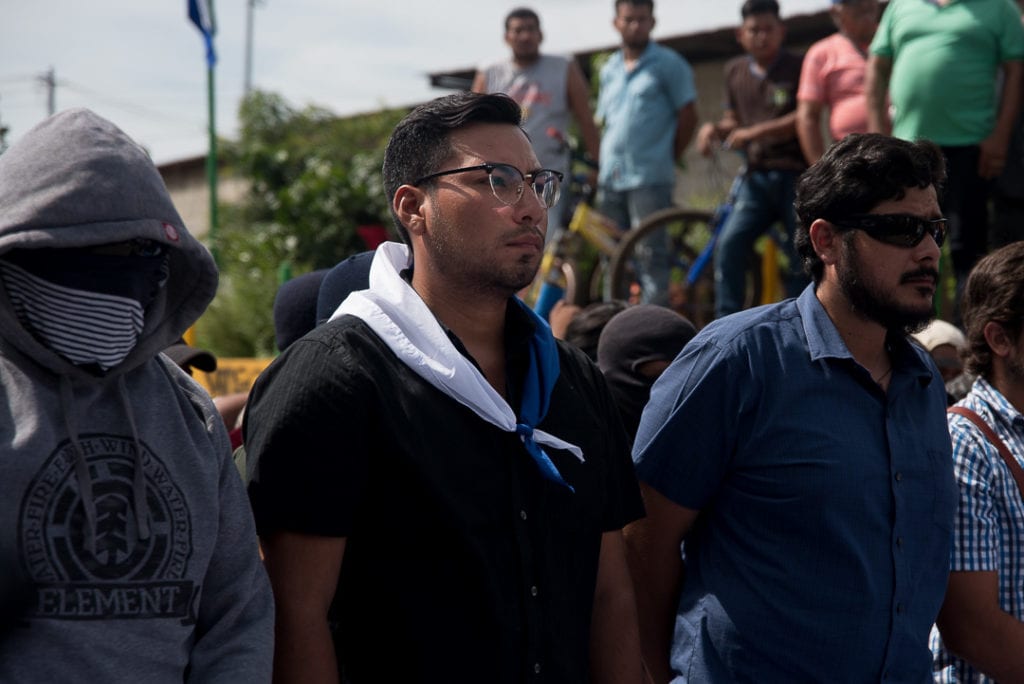
These are the cases of the leaders of the April 19 Movement in Masaya, Yubrank Suazo (236 days) and Christian Fajardo (315 days), also imprisoned in the maximum security cells of “El Infiernillo,” where they have limited access to food, water, natural or artificial light and receive permanent physical and psychological torture.
In the same punishment cells, and also without any firm conviction, are the ex-military Carlos Brenes (278 days), Tomas Maldonado (304 days) and the professor Ricardo Baltodano (260 days), brother of former Sandinista guerrilla commander Monica Baltodano.
The university leaders Byron Corea Estrada, Victoria Obando (trans woman) and Nahiroby Olivas also have 281 days illegally in jail. Likewise, the university leaders Amaya Coppens and Edwin Carcache, have 236 and 271 days in prison, respectively.

Other student leaders have been convicted on the grounds of common crimes, such as the young men Kevin Rodrigo Espinoza and Hansel Vazquez, condemned to 17 and a half years in prison. Espinoza, moreover, has been confined to the cells of “The Little Hell,” for showing his resistance in prison.
Journalists have also resulted a target of the regime. The director of “100% Noticias,” Miguel Mora, and his press director, Lucia Pineda Ubau, have spent 163 days in prison, most of those days in isolation cells in El Chipote, La Modelo or La Esperanza.
Stupidity as a norm
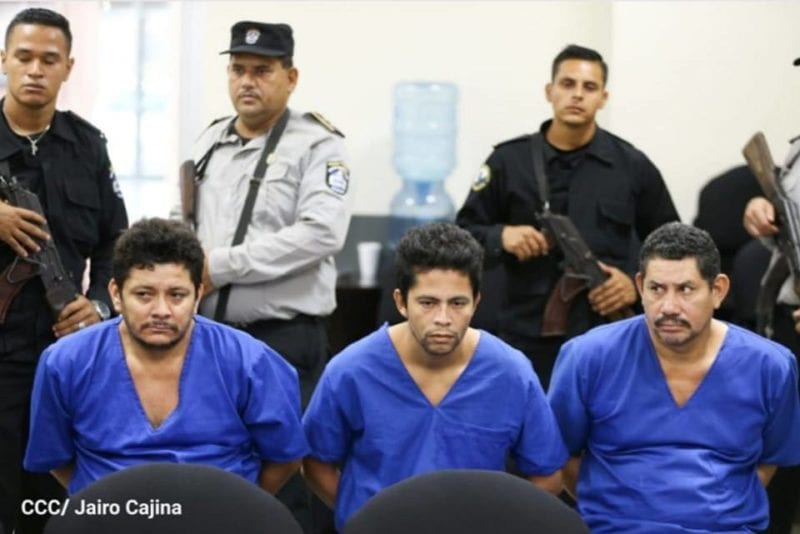
Against the political prisoners, Ortega’s justice has imposed stupidity as a norm. Peasant leaders Medardo Mairena, Pedro Mena, Freddy Navas and Lener Fonseca have been subjected to torture and ill-treatment for leading the anti-canal struggle against Ortega since 2014 and joining the protests of the April Rebellion.
Mairena, arrested 324 days ago, remains imprisoned and isolated at “El Infiernillo,” sentenced to 216 years in prison. While Mena, in similar conditions, was sentenced to 210 years in prison.
The leader of the merchants of the Mercado Oriental, Irlanda Jerez, who called for civil disobedience, has been sentenced to five years in prison for alleged larceny. Jerez has suffered several beatings in prison and attempts of sexual abuse and of murder.
Other political prisoners also suffered cruelty for being representative figures of the local protests, such as the former liberal party deputy of Acoyapa, Nardo Sequeira, who has 312 days in prison and remains in “El Infiernillo;” or the former liberal candidate for mayor of Diria, Rogerio Ortega, imprisoned since 322 days from the small town of 10,000 inhabitants who raised more than 30 barricades against the Ortega dictatorship.
In the term that is going to expire, Ortega is obliged to guarantee the full freedom of political prisoners released to house arrest and those still in prison, and also to suspend the de facto police state imposed at the end of September 2018, when he ordered the prohibition of civic demonstrations. Although Ortega remains immovable, his massacre and repression has brought him the massive rejection of the population and the attentive eye of the international community.
Chronology of releases
Between February 27 and May 30 of 2019, the Ministry of the Interior has confirmed the release to house arrest of 387 political prisoners, whom it describes as “people who committed crimes against common security and public tranquility.” Others have come drop by drop. None has been fully liberated, as is demanded by the Civic Alliance, the Committee for the Liberation of Political Prisoners, the international community and human rights organizations.
February 27
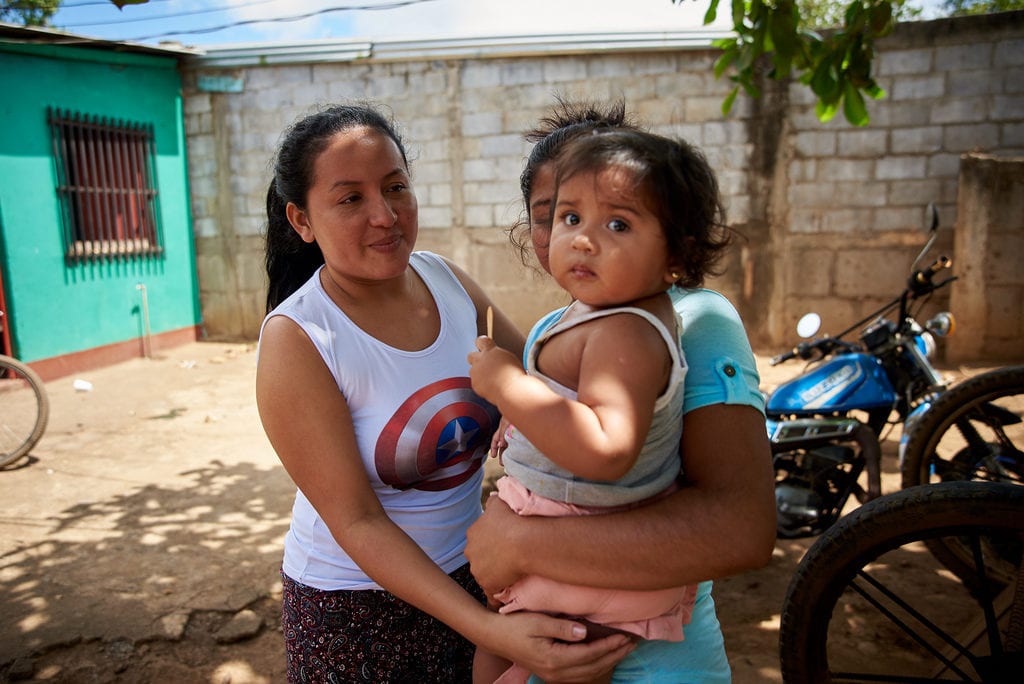
100 political prisoners are released, hours before the installation of the negotiation table between the delegations of the Civic Alliance and the dictatorship of Ortega-Murillo. Among the released are Brenda Munoz (Diria) and Ruth Matute (Masaya), both of whom are ill due to chronic illnesses.
March 15
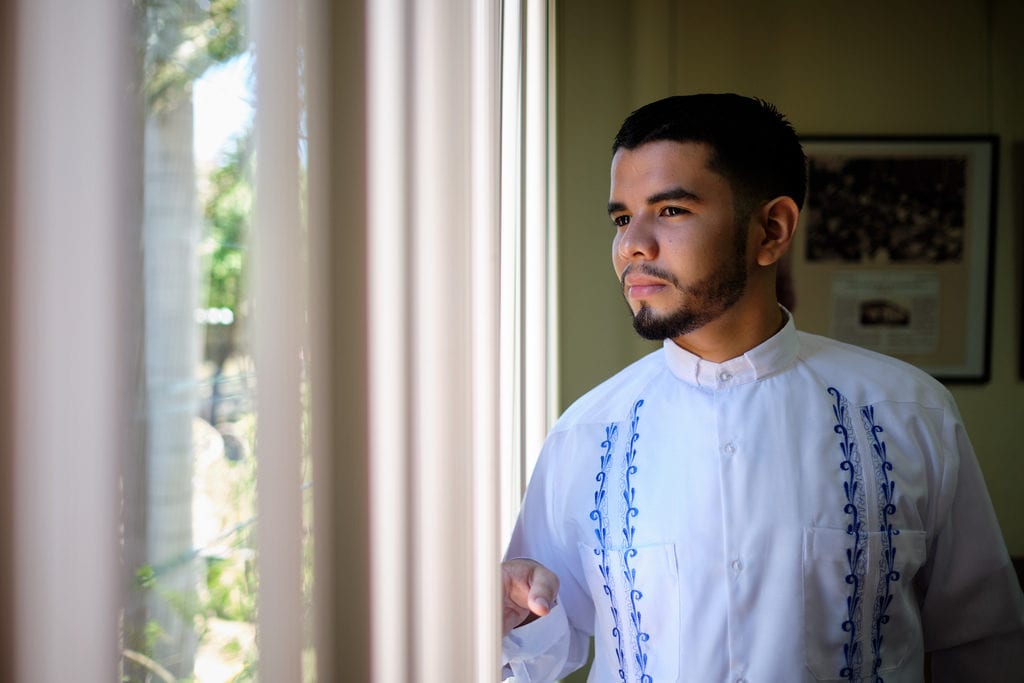
50 political prisoners, among them the university students Yaritza Rostran, Nelly Roque, Solange Centeno and Levi Artola, are released from prison to house arrest. The Government violates its agreements with the Civic Alliance. The National Unity protests on March 16 and some 160 people are detained for more than ten hours.
April 5
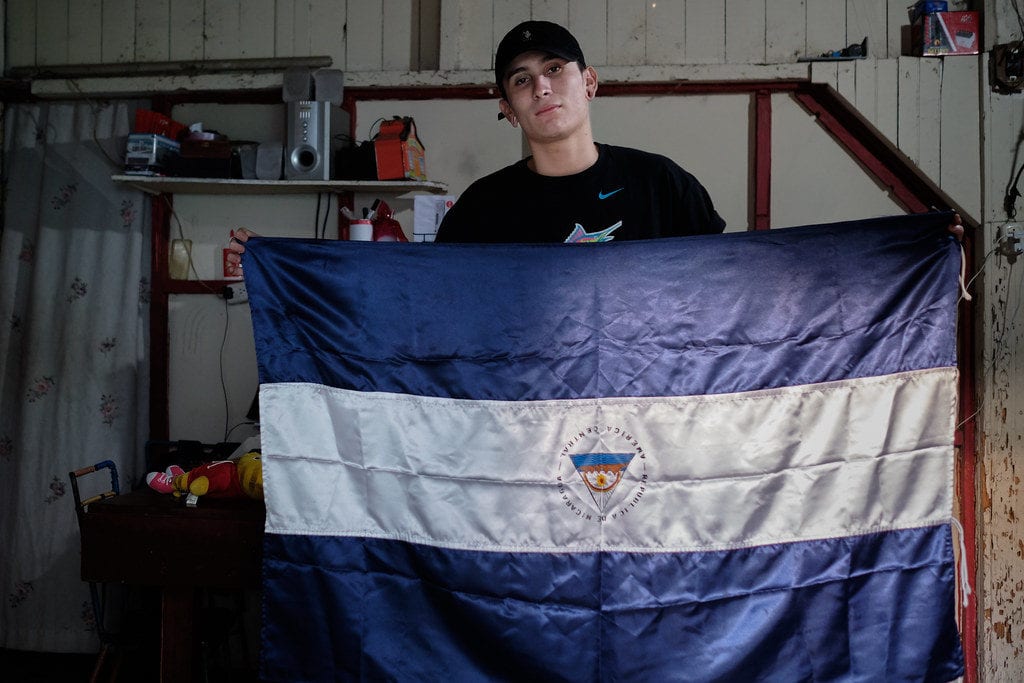
50 political prisoners are released to house arrest, among them Fredrych Castillo, who was one of the students who occupied the UNAN-Managua university campus and a survivor of the paramilitary attack against the campus and the Divine Mercy Parrish where the students took refuge. He is the first to leave “El Infiernillo” (The little hell). He told the press that the political prisoners suffer isolation, tortures and beatings.
April 16
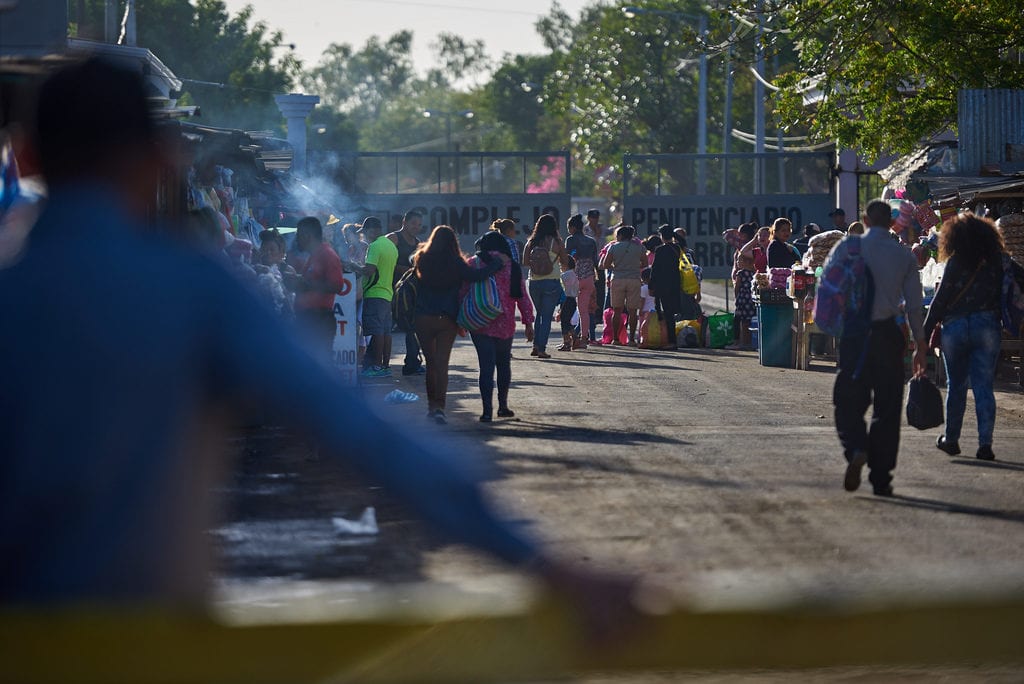
636 prisoners are released on the eve of Holy Week. The Ministry of the Interior assures that 36 are recognized on the list of the negotiation table and the IACHR. The Civic Alliance claims that only 18 of the 36 correspond to the list of political prisoners and denounces the government manipulation.
May 20

100 political prisoners are released “by a unilateral decision of the Government,” after the suspension of the negotiation table, said the Ministry of the Interior. The release comes on the eve of another special meeting of the Permanent Council of the OAS to discuss the situation in Nicaragua.
Among the released are Maria Adilia Peralta, wife of April 19 Movement leader of Masaya, Christian Fajardo, who is still in prison. Also the university student and former member of UNEN, Dilon Zeledon; two of the three brothers, all musicians and political prisoners of Jinotepe, Jean Carlos and Luis Miguel Esteban Lesage, and the Tania Munoz from Niquinohomo, sister of tenor Olesia Munoz, who continues in prison.
May 30

50 political prisoners are released from prison, on the anniversary of the Ortega massacre against the “mother of all marches” of May 30, 2018, that left 19 dead in Managua, Chinandega, Estelí, La Trinidad and Masaya. Among those released are the former Sandinista military officer Alfonso Morazan, of Matagalpa, and several political prisoners of Jinotega and Sebaco. The Interior (Ministry) also releases 207 common prisoners, among whom was a lone political prisoner processed as a common prisoner.






ORTEGA IS A CRIMINAL LIKE HITLER.